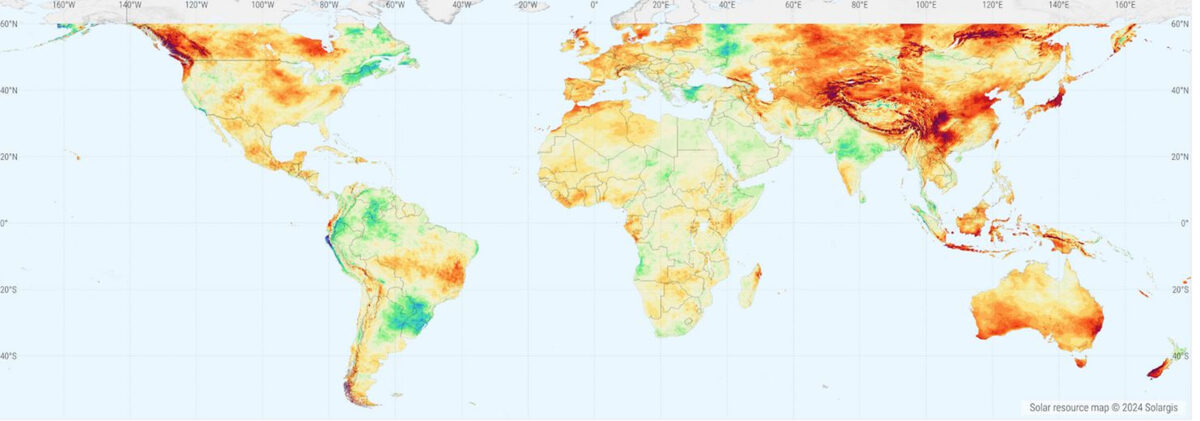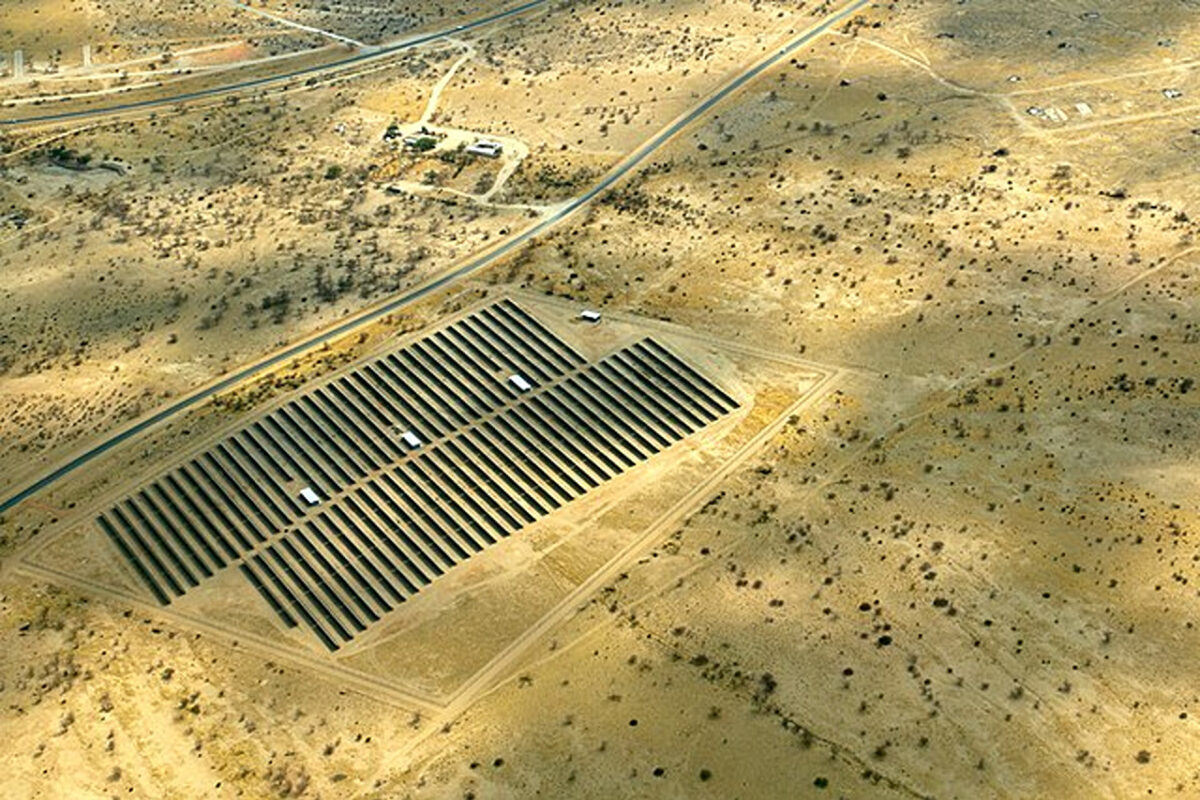According to analysis from Slovakia-based solar data provider Solargis, global solar irradiance remained relatively stable in 2023, while increasing in some regions, despite record-breaking heat and extreme weather events driven by climate change and El Nino.
Australia and Southeast Asia experienced higher-than-average solar irradiance, exceeding their long-term averages by 2% and 10% respectively. Solargis attributed this to favorable weather conditions and reduced cloud cover.
Europe also benefited from higher-than-average solar irradiance, particularly in the southern Nordic region. Most of the continent exceeded its long-term average by between 1% and 7%, thanks to reduced cloudiness and rainfall.
The United States saw stable solar performance, with some regions benefiting from the El Niño effect bringing more sunshine and less precipitation. Solargis said Central America enjoyed stronger than average solar irradiance, while Africa maintained a steady and consistent solar resource.
In contrast, India continued a long-term dip in solar performance, which Solargis attributes to a prolonged and intense monsoon season. Central India was below its long-term average by between 1% and 5%, although Southeast India was up to 5% above its long-term average, thanks to an extremely dry and sunny June and August.
Solargis said extreme weather conditions are presenting challenges to solar projects at the regional level. In the United States and Australia, frequent and severe hailstorms have affected the insurability of projects. The data provider said that solar investors and operators should deal with fluctuating weather conditions by closely monitoring resource variability patterns.
Solargis CEO Marcel Suri said changing global weather patterns could alter the outlook for 2024.
“There is an increased need for stakeholders to closely monitor and analyze solar resource trends. This is crucial for optimizing projects and mitigating the ongoing risks in the face of changing climate dynamics,” Suri said. “As we navigate through the extremes, stakeholders must enhance their monitoring, analyzing, and optimizing capabilities to mitigate risks and embrace the unstoppable ascent of solar power in our global energy landscape.”
This content is protected by copyright and may not be reused. If you want to cooperate with us and would like to reuse some of our content, please contact: editors@pv-magazine.com.




By submitting this form you agree to pv magazine using your data for the purposes of publishing your comment.
Your personal data will only be disclosed or otherwise transmitted to third parties for the purposes of spam filtering or if this is necessary for technical maintenance of the website. Any other transfer to third parties will not take place unless this is justified on the basis of applicable data protection regulations or if pv magazine is legally obliged to do so.
You may revoke this consent at any time with effect for the future, in which case your personal data will be deleted immediately. Otherwise, your data will be deleted if pv magazine has processed your request or the purpose of data storage is fulfilled.
Further information on data privacy can be found in our Data Protection Policy.